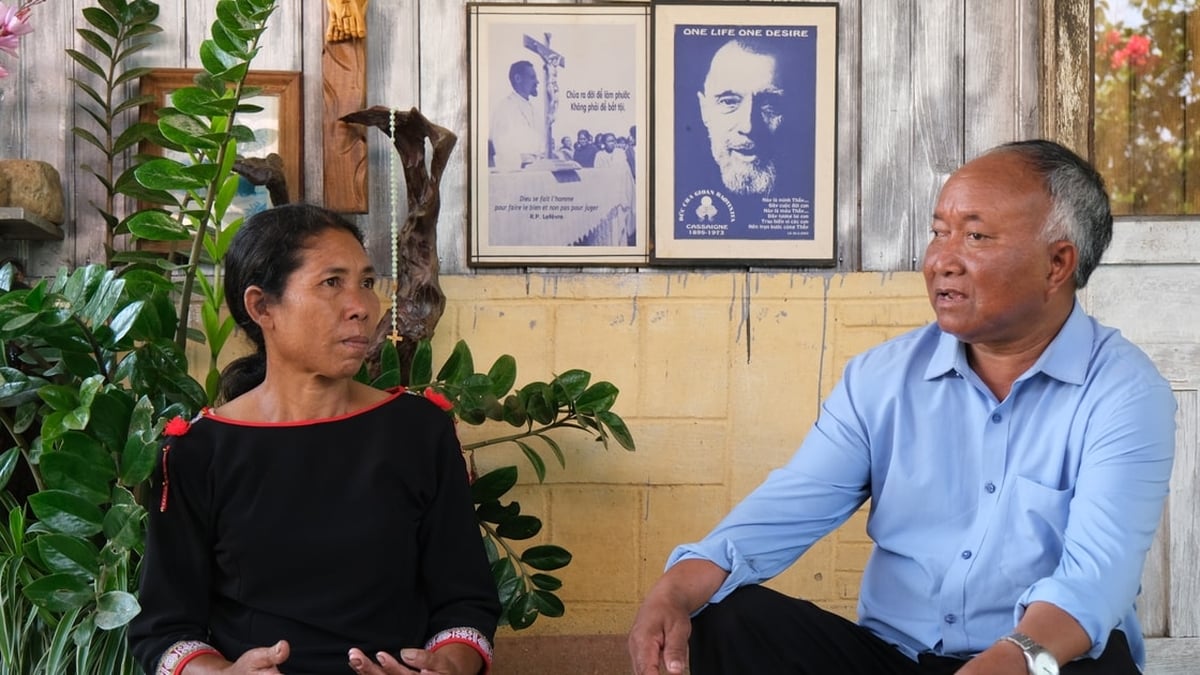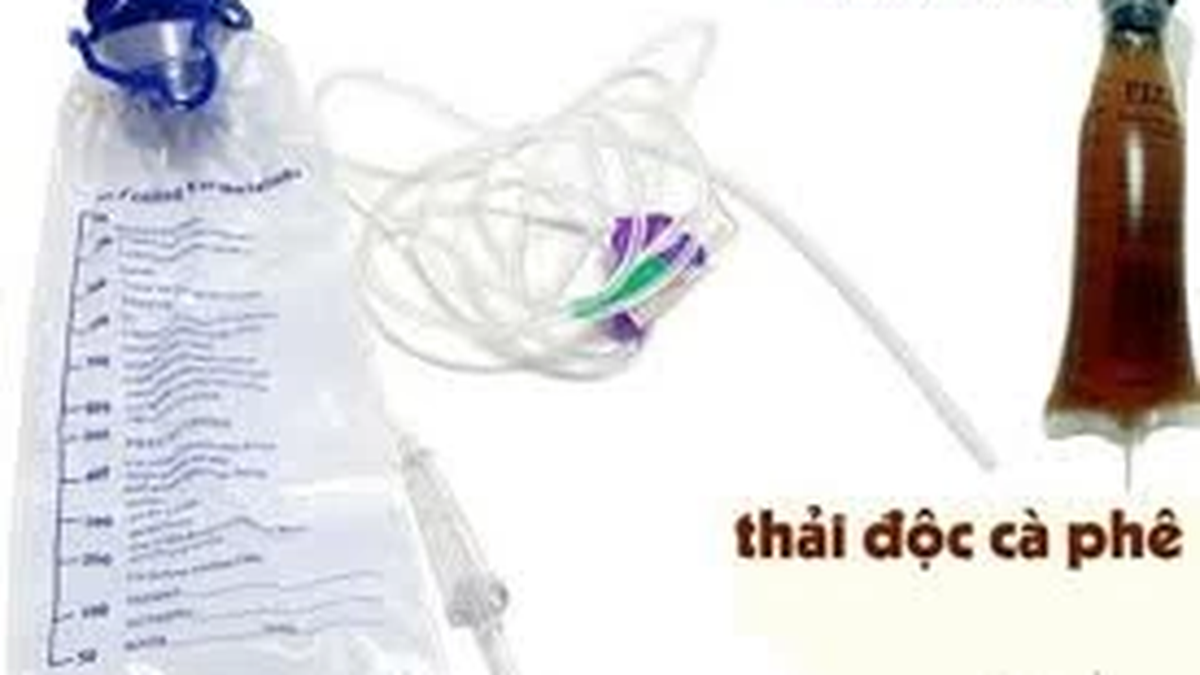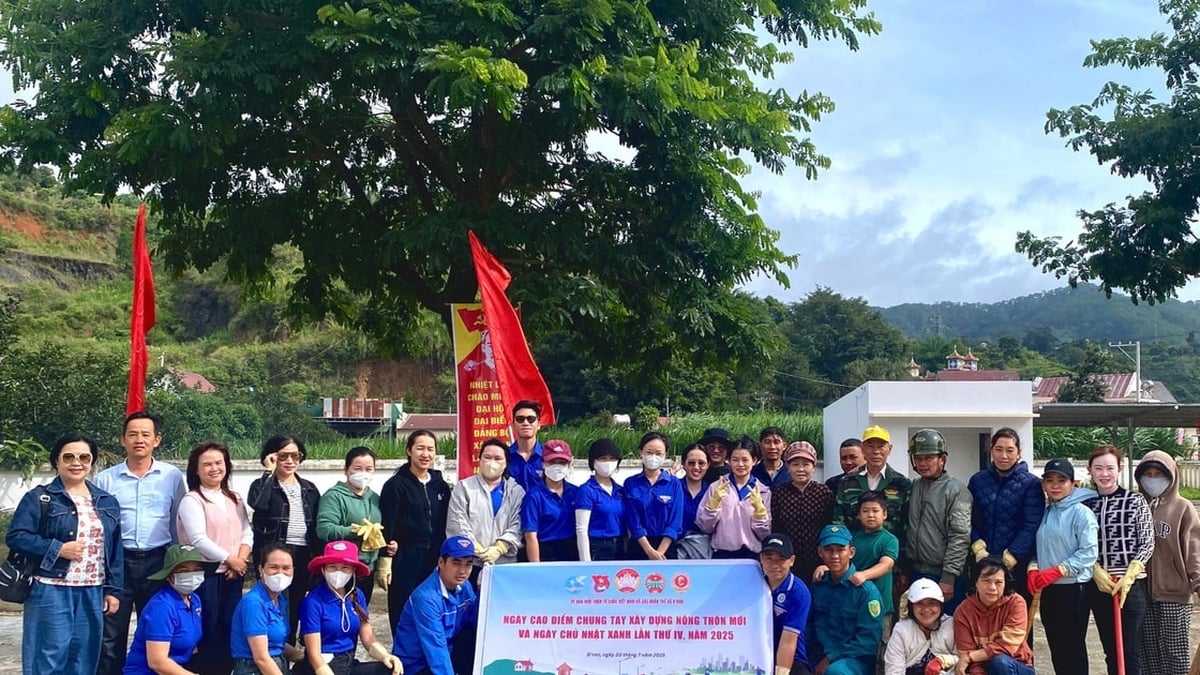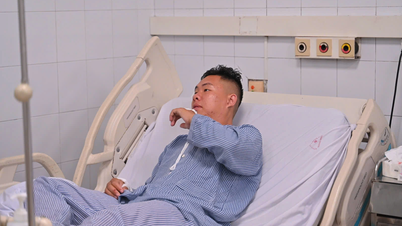Regarding this issue, Dr. Duong Xuan Phuong, Deputy Head of the Cardiovascular-Thoracic Surgery Unit ( Phu Tho Provincial General Hospital) responded as follows:
Pectus excavatum is a congenital chest deformity caused by abnormal development of some ribs and sternum, causing the chest to sink. The main cause is congenital malformations, with genetic factors in the family. This is the most common pathology, accounting for nearly 90% of congenital chest deformities in children, such as: Pectus excavatum, chicken breast protrusion, scoliosis, sternal cleft... Children are often detected with pectus excavatum immediately after birth or when they reach puberty. Most cases are detected immediately after birth. Mild pectus excavatum often has no symptoms and does not affect health. However, if it becomes more severe and is not treated, depending on the severity of the disease, it will cause pain due to bone deformities, muscle tension or heart-lung compression, pushing the heart to the left side of the chest and reducing the ability to pump blood, affecting the child's physical activities.
Congenital pectus excavatum also has a significant impact on the psychology of children, especially growing children, affecting their appearance, causing them to develop slowly, lack confidence, and be afraid to communicate. Therefore, parents need to pay attention to their children's bone development. If you see signs of abnormal convexity or concavity in your child's chest, or if your child is often tired, or has pneumonia; when exercising or doing physical activities, your child gets tired quickly... you should take your child to a specialized medical facility soon for a doctor to examine and provide timely treatment, and take measures to restore the chest, avoiding compression of the heart and lungs. Severe cases of pectus excavatum, affecting heart and lung function or combined with congenital heart defects, should be treated early. In cases of moderate pectus excavatum, the appropriate age for treatment is from 8 to 14 years old. If surgery is performed too early, the bones have not fully developed, making it difficult to shape the rib cage; On the contrary, if treatment is too late when the skeleton has formed, the child will be in a lot of pain.
Currently, the Nuss surgery method (minimally invasive surgery) with endoscopic support is being widely applied. This technique has the advantage of minimizing complications, helping patients recover faster after surgery. With this method, doctors open small holes on both sides of the chest, then insert metal rods through the chest to lift the sunken chest. Depending on the patient's sunken chest condition, the doctor will use the corresponding number of metal rods. After surgery, parents need to take their children for a follow-up examination according to the schedule. About two years after surgery, when the sternum is stable and firm in a flat position, the child will have a second surgery to remove the breast lift rod, completing the treatment process. Currently, congenital sunken chest surgery is covered by health insurance, making it more convenient for patients during the treatment process.
From 2013 to present, Phu Tho General Hospital has performed more than 100 surgeries for congenital pectus excavatum in children. Thanks to this, patients in the province and neighboring provinces who want to treat congenital pectus excavatum do not have to travel far, reducing the overload situation for upper-level facilities.
Health-related questions should be sent to the "Your Doctor" section, Economic -Social-Internal Affairs Editorial Department, People's Army Newspaper, No. 8 Ly Nam De, Hang Ma, Hoan Kiem, Hanoi. Email: [email protected], [email protected]. |
Source



























![[Photo] National Assembly Chairman Tran Thanh Man visits Vietnamese Heroic Mother Ta Thi Tran](https://vphoto.vietnam.vn/thumb/1200x675/vietnam/resource/IMAGE/2025/7/20/765c0bd057dd44ad83ab89fe0255b783)





































































Comment (0)